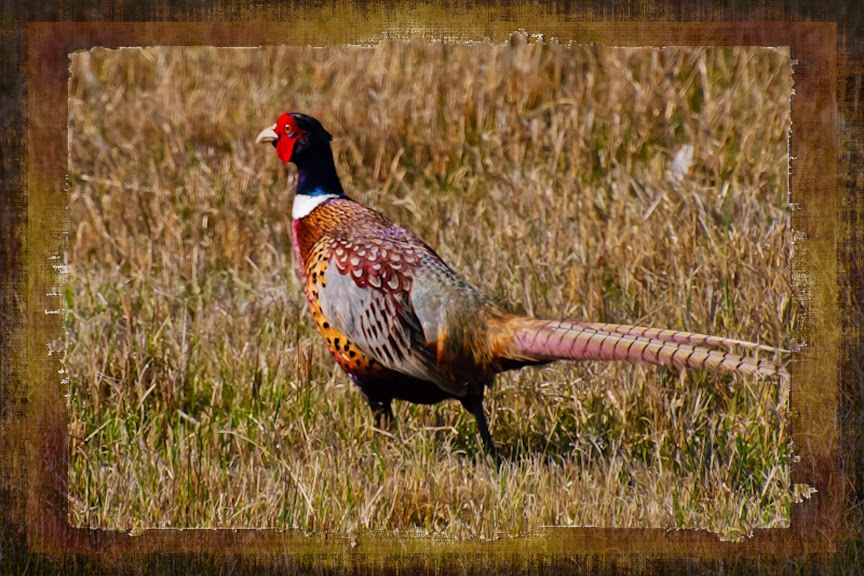“ Hello! Montana hunters, fishermen, trappers, campers, hikers, orvers, and all the rest who recreate our public lands, tis high time to wake up. Do you realize Montana Senator Daines and his self-serving, land-grabbing, Washington cronies recently approved a measure by Sen. Lisa Murkowski (R-Alaska) to “support and fund state efforts to take possession of federal public lands”—BLM and USFWS lands. Our lands; public lands most of us hunt and fish and recreate. The vote—51 for; 49 against—as you might suspect the split was 51 Republicans for—45 Democrats, 3 Republicans and 1-Independent, against.
Obviously, had Daines voted “nay”, as he indicated (lied?) in a speech to the Montana Legislature just a couple weeks prior I wouldn’t writing this; we could take pride that “our” man had the guts (integrity?) to look out for and protect the interests of the vast majority Montana voters. But as a wise man once noted, “money talks and, well you know, with guys like Daines pulling the strings not much else matters.”
“Public lands are the fabric that binds America together, and last night’s vote by the Senate sends an alarming message to sportsmen and women—along with every citizen who values our publicly owned resources,” said Land Tawney, executive director of the Backcountry Hunters and Anglers, in a statement. “Nationally, an organized, concerted movement is underway to sell off and limit access to America’s public lands and waters. These are not merely the actions of a lunatic fringe. Now is the time to double down and fight back against this ill-conceived idea.
“ This is alarming for three reasons:
"First, it basically removes any restrictions on how much public land could be sold. With the national debt at $18 trillion and growing, every acre of fish and wildlife habitat would qualify.
Second, selling off public land will increase the deficit, not reduce it, because it will rob the national treasury $30 billion in annual tax receipts from a $646 billion industry supporting some 6 million jobs. When the public lands go, so does most of that outdoors recreation. And this doesn’t even include the billions in royalties private companies pay to extract wealth from our public property.
Third, no one can truly believe congress will only approve sales that send money directly to the treasury for the purpose of reducing the debt. Extractive industries such as energy and mining will quickly make the case that their use of our land will add jobs and tax dollars to the feds—which qualifies as reducing the debt.
Murkowski, Lee, and many others who voted to sell fishing and hunting habitat are members of the Congressional Sportsmen’s Caucus, a group that supposedly looks out for the future of hunters and anglers. Yet every major sportsman’s conservation group opposes selling off the public property that makes our traditions possible."








.jpg)
.jpg)








.jpg)






